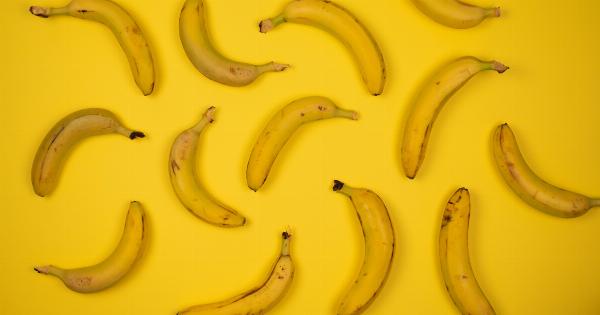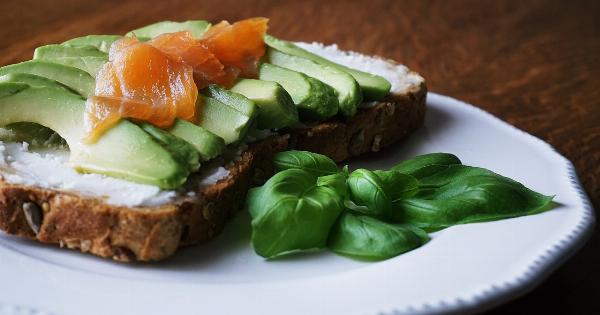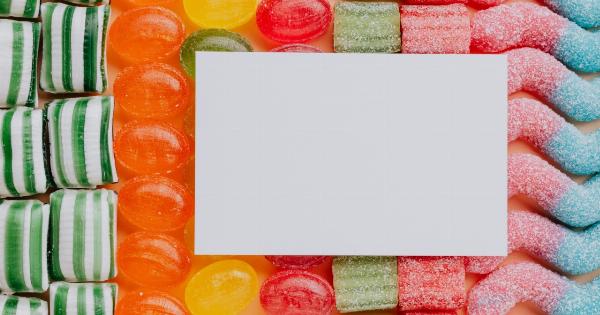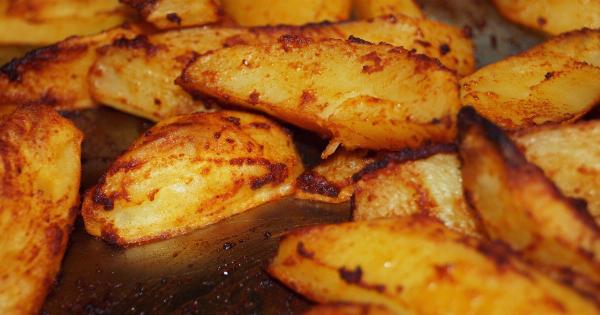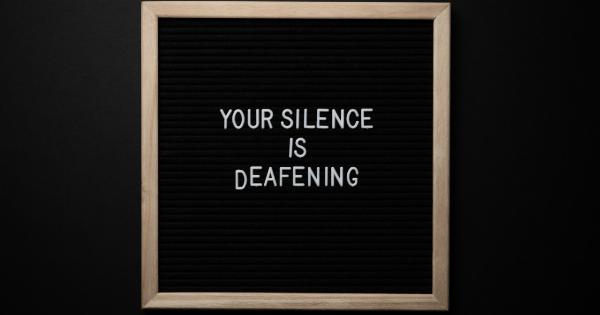Guilt-free snacking is a concept that many health-conscious individuals strive to achieve. It is the idea of enjoying delicious snacks without feeling guilty about the potential negative impact on one’s health or weight.
However, navigating the world of snacking can be challenging, as there are numerous pitfalls and “lean traps” that can sabotage even the most well-intentioned snacker. In this article, we will explore some of these lean traps and provide strategies to indulge in guilt-free snacking.
The Allure of “Healthy” Packaged Snacks
One common lean trap is the misconception that all packaged snacks labeled as “healthy” or “low-fat” are guilt-free options.
While these snacks might have fewer calories or reduced fat content, they often compensate for the lack of flavor by adding excessive amounts of sugar or artificial ingredients. To avoid this trap, it’s crucial to read the nutrition labels carefully and prioritize natural, whole food snacks over heavily processed alternatives.
Mindless Snacking
Another lean trap that many people fall into is mindless snacking. This occurs when individuals consume snacks without paying attention to their portion sizes or the signals of their body’s hunger and fullness.
Mindless snacking can lead to overeating and a lack of satisfaction, ultimately leaving individuals feeling guilty. To combat this trap, it’s important to practice mindful eating and be present in the moment while enjoying snacks. This means savoring each bite, chewing slowly, and listening to your body’s cues.
Emotional Eating
Emotional eating can be a significant lean trap for guilt-free snacking. Many individuals turn to snacks as a way to cope with stress, boredom, or other emotions.
By associating snacks with emotions, it becomes challenging to maintain a healthy relationship with food. Finding alternative coping mechanisms such as engaging in physical activity, practicing meditation, or seeking support from loved ones can help break the cycle of emotional eating and promote guilt-free snacking.
The Illusion of “Low-Calorie” Labels
Falling for the illusion of “low-calorie” labels is another common lean trap. While a snack may have fewer calories than its regular counterpart, it does not automatically make it a guilt-free option.
Some low-calorie snacks may lack nutritional value and essential micronutrients, leaving individuals feeling unsatisfied or experiencing cravings shortly after consuming them. It’s essential to prioritize snacks that provide a balance of macronutrients (protein, carbohydrates, and healthy fats) and micronutrients (vitamins and minerals) to support overall health.
The “Healthy” Halo Effect
The “healthy” halo effect is a cognitive bias that influences individuals to perceive certain foods or snacks as healthier than they actually are. This bias often occurs when a snack is associated with a specific health claim or ingredient.
For example, granola bars are often seen as a healthy option due to the presence of oats or nuts, but many commercial granola bars also contain high amounts of added sugars and unhealthy fats. Identifying and questioning the “healthy” halo effect can help avoid this lean trap and make more informed snack choices.
Portion Distortion
Portion distortion is a lean trap that occurs when individuals underestimate the actual portion size of their snacks. This can lead to mindless overeating and consuming more calories than intended.
To overcome this trap, it can be helpful to measure out snacks or use smaller plates and bowls to create the illusion of larger portions. Additionally, being aware of recommended serving sizes and practicing portion control techniques can promote guilt-free snacking.
Unhealthy Substitutions
Many individuals fall into the lean trap of substituting “healthy” snacks with alternatives that may not be as guilt-free as they seem.
For example, replacing regular potato chips with baked potato chips may initially seem like a healthier choice, but baked chips can still be high in sodium and lack essential nutrients. It’s vital to evaluate the nutritional content of substitutions and opt for whole food snacks whenever possible.
Social Pressure and Temptations
Social pressure and temptations are lean traps that can make guilt-free snacking challenging, especially in social settings or when surrounded by friends and colleagues.
It’s common to find ourselves indulging in unhealthy snacks or larger portions to fit in or avoid feeling left out. Building a strong support system and communicating your health goals with others can help navigate social pressures and stay committed to guilt-free snacking.
Additionally, bringing or suggesting healthier alternatives to social gatherings can be a positive influence on others.
Snacking Without Hunger
Snacking without genuine hunger is a lean trap that can lead to unnecessary calorie intake and guilt. It’s crucial to differentiate between true hunger and cravings or boredom.
Before reaching for a snack, ask yourself if you are genuinely hungry or if there are other underlying factors motivating the desire to snack. Engaging in other activities, such as drinking water, going for a walk, or engaging in a hobby, can help redirect the focus away from unnecessary snacking.
Procrastination Snacking
Procrastination snacking is a lean trap that occurs when individuals turn to snacks as a distraction or a way to delay completing a task.
It is essential to address the root causes of procrastination and find alternative methods to stay focused and motivated. Breaking tasks into smaller, manageable steps, setting clear goals, and rewarding yourself with non-food incentives can help avoid the temptation of procrastination snacking and promote guilt-free snacking habits.
Conclusion
Guilt-free snacking is achievable with awareness, mindful choices, and a balanced approach to nutrition.
By understanding and avoiding these lean traps, individuals can indulge in guilt-free snacking while still supporting their health and overall well-being. Remember to prioritize whole foods, practice mindful eating, and listen to your body’s hunger and fullness cues. With these strategies, guilt-free snacking can become a fulfilling and enjoyable part of a healthy lifestyle.





